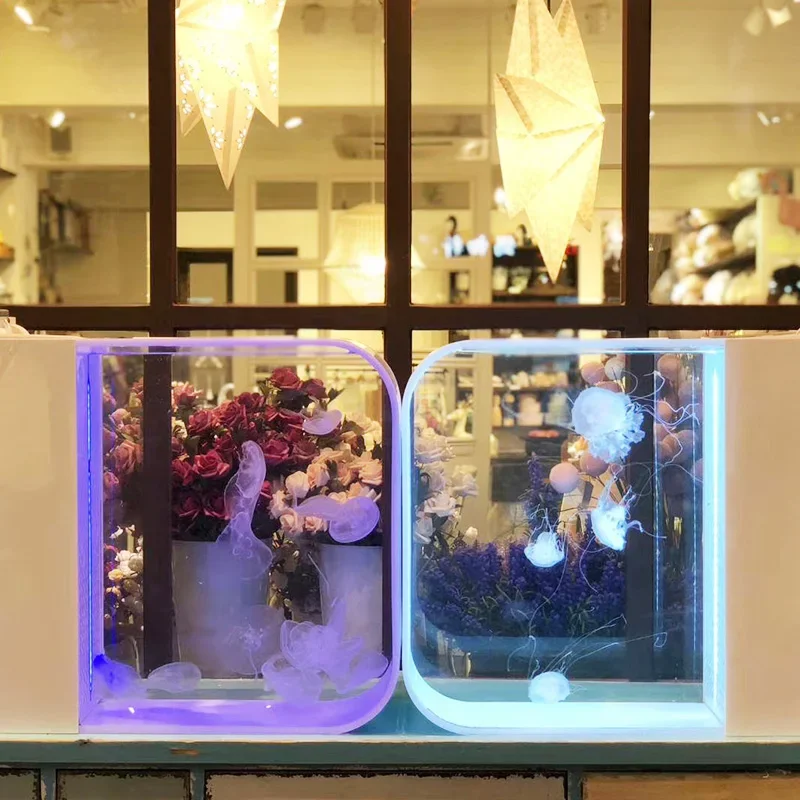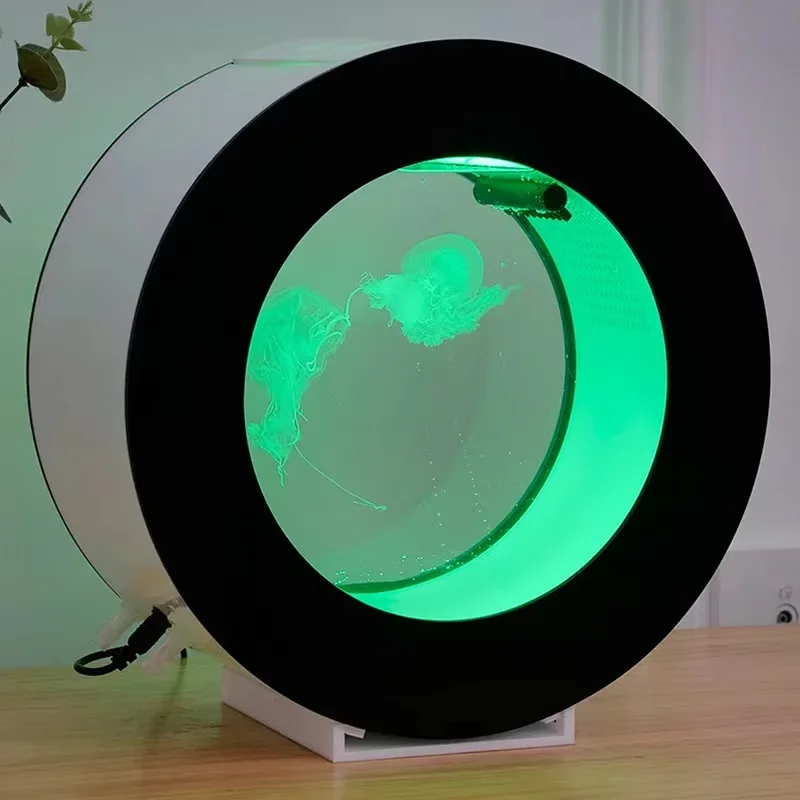Setting up a small aquarium can be an exciting and rewarding hobby. For beginners, selecting the right fish is crucial to ensure a thriving aquatic environment. Choosing the best beginner fish for a small tank requires an understanding of various species’ compatibility, care requirements, and environmental needs. This comprehensive guide aims to help you navigate the world of aquatics and make informed decisions, ensuring both you and your fish enjoy a harmonious relationship.
Understanding Tank Size and Fish Compatibility
When starting out in the world of fishkeeping, the size of your tank plays a significant role in determining which fish you can keep. Small tanks, generally categorized as those with a capacity of 10 gallons or less, require specific considerations due to their limited space. In smaller aquariums, water parameters (like ammonia, nitrite, and nitrate levels) can fluctuate quickly, making it essential to choose fish that can tolerate these changes.
Fish species vary greatly in terms of size, temperament, and environmental requirements, and not all fish can coexist peacefully in a small tank. For example, active, territorial species like cichlids could cause problems in cramped quarters. On the other hand, smaller, peaceful species tend to adapt better to limited space, making them ideal candidates as best beginner fish for a small tank. It’s vital to research potential additions to your tank and ensure they’re compatible not only with other fish but also with the specific conditions your tank provides.

The Benefits of Keeping Small Fish
Choosing small fish for your aquarium offers numerous advantages, particularly for beginners. The most apparent benefit is their manageable size, allowing you to keep a larger number of them in a limited amount of space without overcrowding your tank. Furthermore, small fish are often easier to care for, requiring less complex environments than larger species.
Additionally, smaller fish species are less likely to disrupt your aquarium’s ecosystem. With their gentle behavior, they are more compatible with a range of tank mates, minimizing disputes and stress in the aquarium community. Small fish are also typically hardy, making them less susceptible to illness and fluctuations in water quality, which is a significant concern for novice aquarists. Beginning your aquarium journey with small, peaceful species not only simplifies the overall care but also enhances your enjoyment as you watch the vibrant community develop within your small tank.
Top Beginner Fish for Small Tanks
Now that we understand the considerations for small tanks, let’s explore some of the best beginner fish options. Betta Fish (Betta splendens) are often considered a prime choice. Renowned for their vibrant colors and flowing fins, these fish can thrive in tanks as small as 5 gallons. However, you must ensure they are kept alone or with equally non-aggressive companions due to their territorial nature.
Another excellent beginner fish is the Guppy (Poecilia reticulata). These small, colorful fish are easy to care for, and their live-bearing nature allows for easy population growth. Guppies thrive in community tanks, providing ample options for tankmates. Moreover, Neon Tetras (Paracheirodon innesi) add a splash of brightness with their vivid blue and red stripes. They are typically peaceful and do well in schools of five or more, making them perfect for small community setups.
Lastly, consider the Endler’s Livebearer (Poecilia wingei) — a smaller cousin to the guppy, with stunning coloration and hardy nature. They adapt well to small environments, making them another ideal beginner fish. By selecting species known for their compatibility and adaptability to smaller tanks, beginners can set themselves up for success in their new aquatic adventure.

Essential Tank Setup and Maintenance
Creating a healthy environment for your fish is paramount. The right setup contributes significantly to their well-being and growth. A small tank doesn’t require elaborate equipment; however, essential elements include a good filter, heater (if necessary), and substrate. It’s generally recommended to choose a filter that’s suitable for your tank size. A filter helps maintain water quality by breaking down waste, reducing harmful toxins, and ensuring oxygen levels remain adequate.
The tank’s décor also plays a crucial role in providing hiding spots and enrichment for your fish. Plants (both real and artificial) are excellent for giving fish places to explore and reduce stress. Additionally, introducing gravel or sand depending on the fish species can help mimic their natural habitat. Regular maintenance is crucial in smaller tanks due to the rapid buildup of waste. Regular water changes (typically 25% every week) along with consistent monitoring of water parameters (pH levels, ammonia, nitrites, and nitrates) help ensure a stable environment for your fish.
Nutrition and Feeding Habits
Proper nutrition is vital for nurturing healthy fish. While fish feeding might seem straightforward, understanding their dietary needs can help prevent common health issues. Most beginner fish thrive on high-quality flake food, which provides a balanced diet. However, they also benefit from occasional treats in the form of freeze-dried, frozen, or live foods such as brine shrimp or daphnia.
It’s important to remember that overfeeding can lead to health problems and tank pollution, especially in smaller fish. Adhering to a feeding schedule and offering an appropriate portion that all fish can consume within a few minutes minimizes waste and promotes tank stability.
Maintaining Water Quality and Parameters
For beginners, maintaining quality water parameters is likely the most challenging yet crucial aspect of fishkeeping. An understanding of ammonia, nitrite, nitrate, pH, and tank temperature is essential for ensuring the health of your small aquarium. Ammonia is produced from fish waste and uneaten food, which is toxic to fish. Nitrite is another harmful waste product generated during the nitrogen cycle, and while nitrate is less harmful, elevated levels can indicate overpopulation or poor maintenance.
Testing kits are invaluable tools for beginners and allow monitoring of these levels regularly. Ideally, ammonia and nitrite levels should remain at zero, and nitrate should be kept below 20 ppm. Additionally, maintaining a stable pH tailored to the fish species you keep helps ensure they feel comfortable and thrive in their environment. For example, guppies and tetras prefer slightly acidic to neutral water, whereas bettas can tolerate a broader pH range.

Understanding Fish Behavior and Social Dynamics
Aquarium fish are not merely colorful decorations; they display fascinating behaviors and social dynamics that can enhance your enjoyment of the hobby. Observing how different species interact helps illuminate the social structure within your tank. For instance, schooling fish like tetras or guppies thrive in groups, which can create a mesmerizing display of activity and color, while solitary species such as bettas show different behaviors related to territory and hierarchy.
Understanding these behaviors empowers you to enhance your tank’s environment. For example, providing ample hiding spots, plants, and decorations can help alleviate stress and encourage natural behaviors. Introducing tank mates should be done thoughtfully, as miscommunications can lead to aggression or stress. Keeping species with similar temperament and social structures will allow you to create a lively and peaceful aquarium.
Common Challenges and Solutions for Beginners
As fulfilling as fish keeping can be, it also comes with its challenges. Beginners often encounter issues such as poor water quality, illness, and incompatible tank mates. Familiarizing yourself with potential problems before they arise is one of the best strategies for success.
For instance, understanding the symptoms of common fish diseases, such as ich or fin rot, will enable you to address these issues promptly. In addition, frequent water tests will help you catch problems related to water quality before fish show visible signs of stress. If you notice troubling symptoms, researching solutions, such as medications or adjusting tank conditions, can help mitigate the situation.
Conclusion
Choosing the best beginner fish for a small tank can be a thoroughly rewarding experience. By understanding tank requirements, exploring top species options, and committing to proper care, you set the foundation for a successful and enjoyable hobby. Each fish species brings its unique charm, and as a beginner, the focus should be on compatibility, ease of care, and the beauty of aquatic life. With proper research, setup, and mindfulness, your small tank can transform into a thriving aquatic community that brings joy and tranquility into your home. Embrace the journey of fishkeeping, learn from the experiences, and watch as your underwater world flourishes before your eyes!










